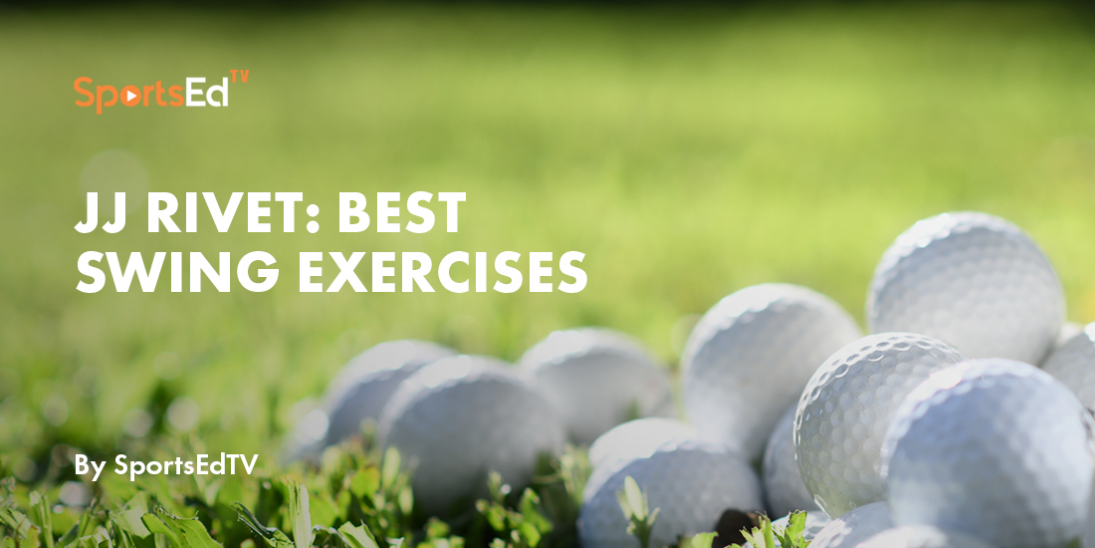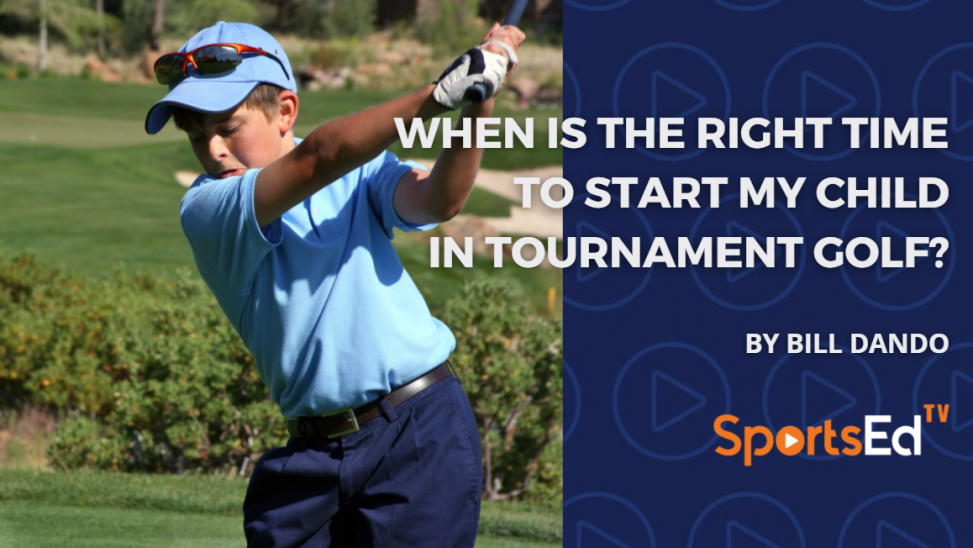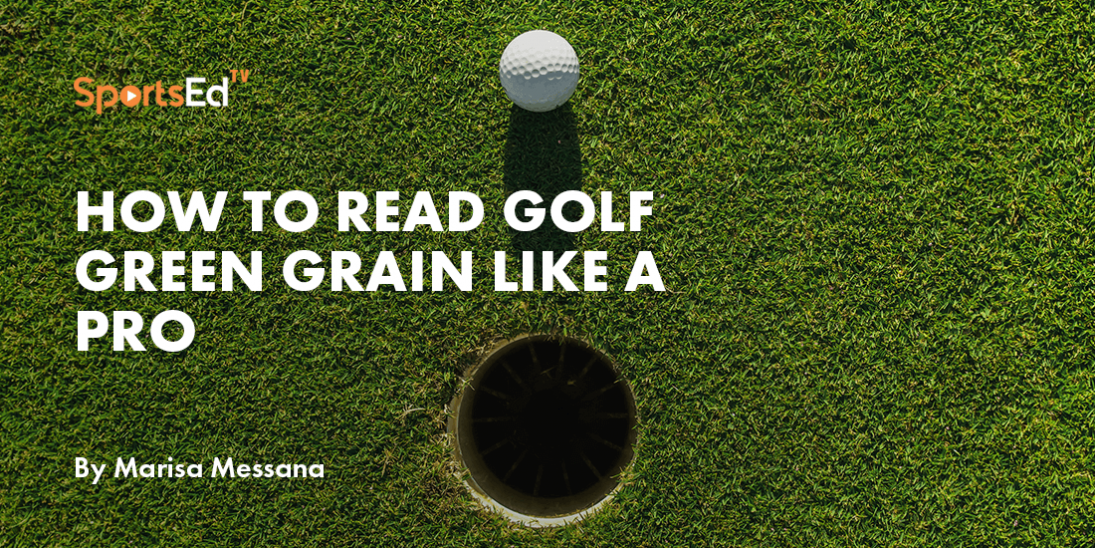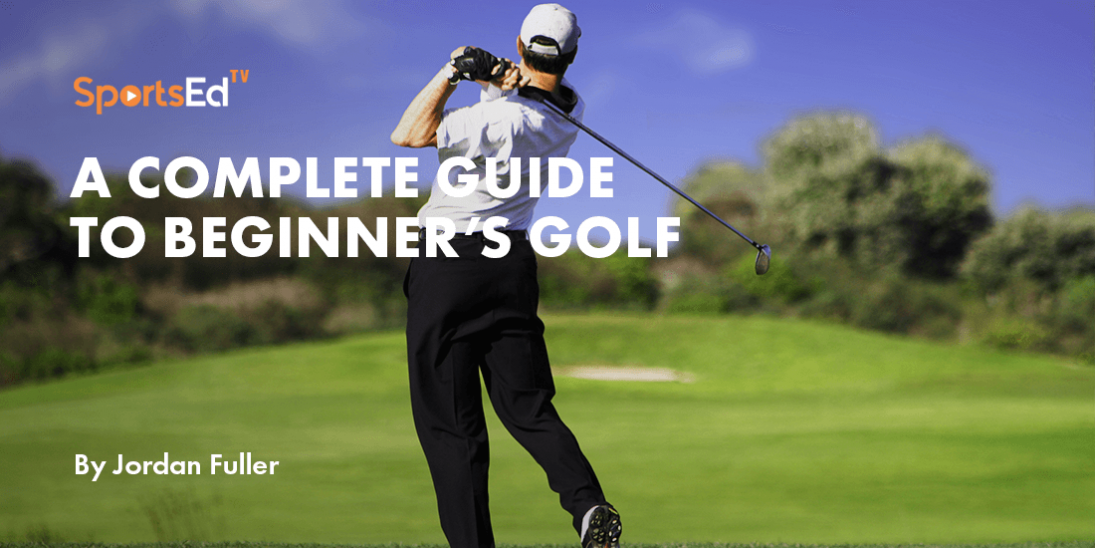Golf
Welcome and thanks for visiting...

A Discussion on Swing Motion with JJ Rivet
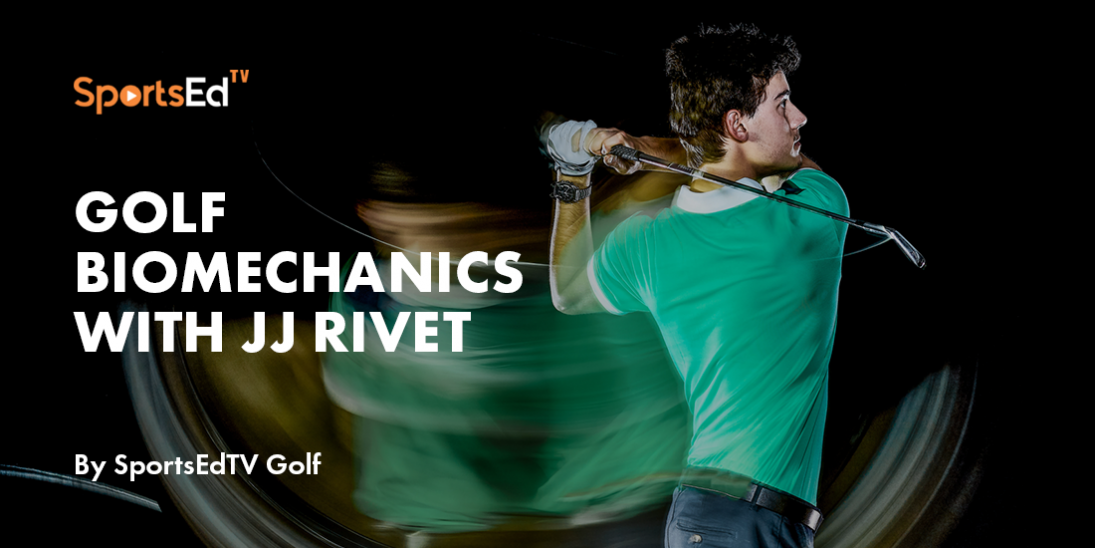
SportsEdTV Golf is committed to bringing athletes, coaches, and parents pro-level Golf education videos for FREE. All levels, anywhere, anytime. Check out our full instructional library and sign up to join our Golf community.
Jean Jacques Rivet is one of the pioneers of biomechanics applied to sports.
‘JJ’, as he is popularly known on tour, works as the ‘biomechanics coach’ of many top players including Justin Rose and members of the European Ryder Cup team. He is a pioneer in applying science in the world of golf, and his contributions will help you.
JJ helps players discover/identify their ‘signature swing’ and optimize their swing motion, using cutting-edge technology and in many cases software he developed.
SportsEdTV Golf Director, Roberto Borgatti sits down with world renowned golf biomechanist, JJ Rivet to discuss the swing motion, to help players get a better understanding of how their body works together in the golf swing and the science behind the motion. In this Interview with JJ, he explains the science behind the push and the pull, which is a common trend in the golf swings of all the world’s best players. JJ. also shared with us a few of his favorite drills to work on proper weight shift and optimizing balance in the golf swing.
SportsEdTV: Good morning, good afternoon, and good evening if you're in the south of France. Wherever you are in the world watching this, I'm Roberto Borgatti, director of golf for SportsEdTV, joined today by the world's greatest biomechanics, JJ Rivet. JJ is coach to Justin Rose, Lydia Ko, he works with pros such as David Leadbetter and of course, myself as well. Thrilled to have you on today. And as a senior contributor for SportsEdTV.
JJ Rivet: Great to be with you Roberto and always a pleasure to discuss about many topics. We have been fortunate for almost 15 years now, to share our thoughts and share our innovations together. And also, you have been helping me with certain questions that bring some good information. Always great to go on a journey with you to discuss all these topics.
SportsEdTV: You're the Renaissance man— world record holder in Wind Surfing. And your latest research, which I thought was really interesting. I'd love you to talk about the 'Push versus Pull'.
JJ Rivet: When you talk about the push and the pull, it comes from the year 1998-2000, when we started to develop this with the European tour, we have a lot of questions, it was the start of athleticism in golf. We have Tiger Woods, who in 2000 brings athleticism to golf at a very high level. But we have in Europe, Bernhard Langer, for me he was the one to first talk about working out and about understanding the motion. With Bernhard Langer and with Seve Ballesteros and top stars —the question was, how can we improve? How can we understand even more about our swing? Because a lot of guys in the year 1995, they play, but they don't know exactly how they were able to play so well. They were good, but they really don't know, they have a special touch and so on. And they want to know if there is a way, like in all sports, to optimize their performance to maintain the performance by understanding the body. So, in 1998, we went through a study with the European Tour to start to understand what the kinematics parameters between the 'pull fader' and the 'push drawer.'
SportsEdTV: Could you give us a couple of examples of the known players, one or the other?
JJ Rivet: So, the draw. Why were players using the draw? Why were players using the fade? Why do some players have more facility to play the draw or have more facility to play fade?
JJ Rivet: So, it took quite a long, long time, almost three years to set a very strong scientific study. We were scanning the guys, and I was scanning; we looked at the physiology of the different parameters in the range of motion for proprioception, strength, and coordination of every kind of player. We were putting them on this to really track kinematics. And we have the first technology that had the ability to track the ball to see what's the difference in between the push and pull. We have been discovering even more when I've been continuing the study with David Ledbetter in Orlando. The core of the guys were European guys. It was Justin Rose, Lee Westwood, Ian Poulter, and Nick Daugherty.
SportsEdTV: And now Patrick Reed. Is Patrick Reed a pusher or a puller?
JJ Rivet: He is a pusher. But we'll talk more about that later. He must work on both sides like Dustin Johnson. You know, who is a puller, he has been doing some crazy shots— he used the push and draw during the Masters. So, we discovered that there is a totally different ground action. So totally different kinetics for the 'Pusher' and the 'Puller'. This means that the pull fader, and we are only talking about the right-handed players. For a right-handed player, the direction of the center of gravity and the direction of the center of mass of the pull fader are going from the front of the right toe and the back of the left heel. This means that the center of mass and the club face, are going from outside to in. Whereas the pusher is going from the front of the left toe and the back of the right heel. So, they are going from the other side.
SportsEdTV: And this beginning when? On the downswing? The transition? Halfway down?
JJ Rivet: 'The signature' is really coming from the transition. So sometimes you can start differently in the backswing. But you know what's happening at the downswing. That's where we get the signature
SportsEdTV: This is fascinating stuff!
JJ Rivet: Yeah. You can't create the motion without the type of force and maintaining the direction of the application of this force on a certain direction.
JJ Rivet: The Tennis Ball Drill: I've been designing some very easy tools, just with a tennis ball, that you cut it into two. It can help you out to understand, where to apply this force and how to maintain the application of the force.
SportsEdTV: Would we move those tennis balls? If we're trying to get someone to learn to fade?
JJ Rivet: Learning the fade is quite easy. You put the tennis ball in the front of your right toe and in the middle of your left foot, and you just try to maintain the pressure on this axis.
SportsEdTV: After watching this, everybody out there is going to be on the range trying that out.
JJ Rivet: Yes. And you can have the feeling very quickly. So now we have been talking about the kinetics. So, for the puller, you will apply the force, and that's going to be different from the Pusher.
SportsEdTV: That's where into the ground they're creating the most pressure at the transition.
JJ Rivet: So, if you understand, this action will create different Kinematics, which means a different motion. What makes a big difference in between the puller and the pusher—the puller, the release of the club will come with the body. This means that the puller, the pull fader, accelerates the hips at the maximum through impact. And because the release is coming from the body, this means that they don't use much wrist action. The hands and the arms follow the body, and they reach a huge amount of speed. When the pusher is towards impact, they resist with the hips to be able to release with the hands. The big difference between the pull fader and the push drawer is really where you put the release. With the push drawer, you put the release in the hands. With the pull fader, it's going to be the full body that's going to release the club.
SportsEdTV: Where the weight is, whether it's on the toe or the heel, will influence their rotational ability. Right?
JJ Rivet: Yes. Now you can also see that the big difference is when, the peak of the acceleration of the hips, for the puller. It's at impact and after impact, where the pusher is before impact, because the resistance of the hips, before impact like when you see Rory McIlroy, or Patrick Reed, the hips are going very quick and that's around mid-downswing. The hips are decelerating for a very small amount of movements to be able to let the hands accelerate. And after for sure the hips are going to come.
SportsEdTV: You've been using 4D technology, which helps you study a lot of these questions, right? I'm really impressed with the fact that it's quite affordable.
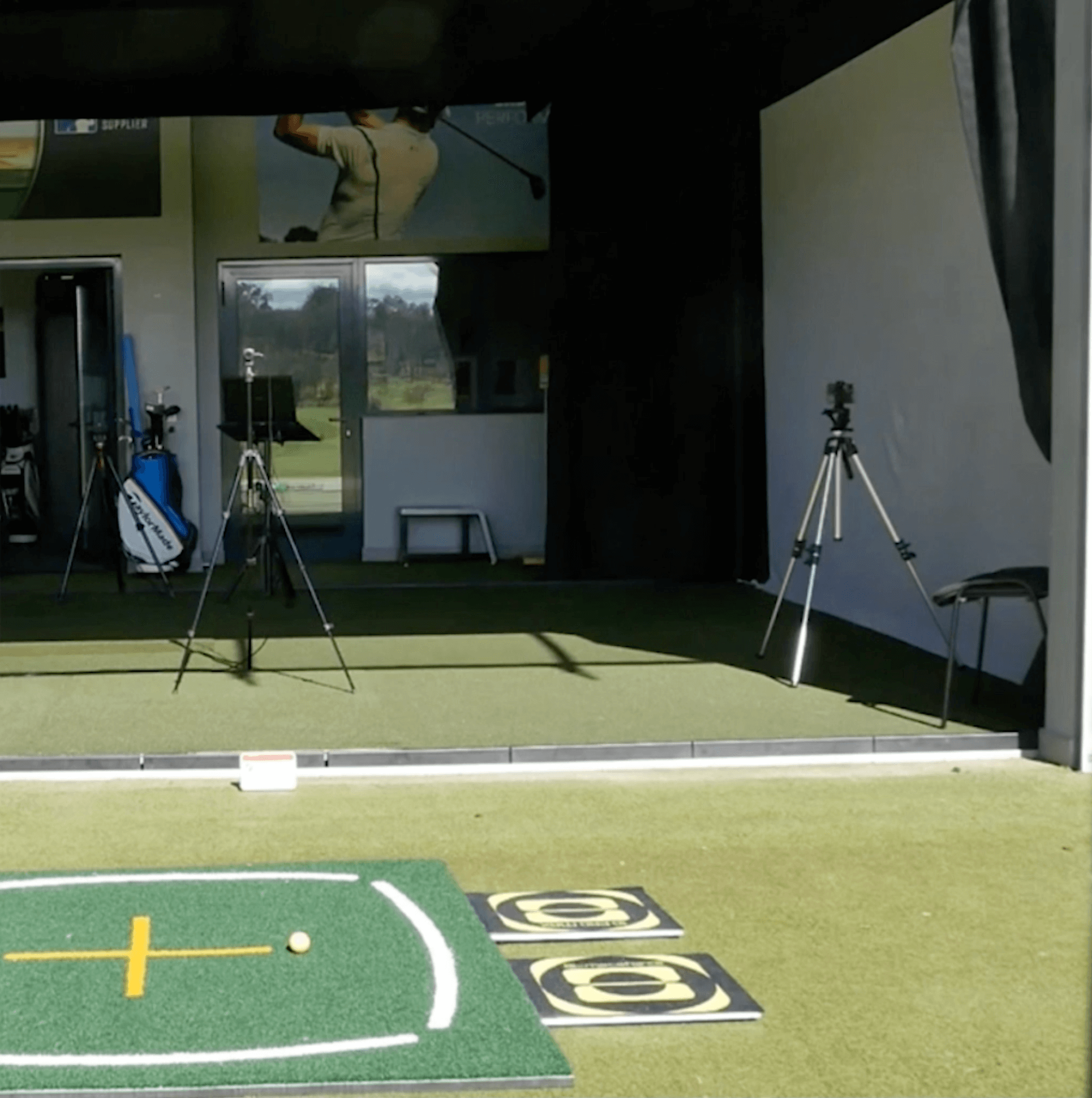
JJ Rivet: For 4D motion, the leader, sensors are very accurate. It's great because just with three sensors it's very affordable when you're seeing, what they are going to give. And so you are talking about purely kinematics.
SportsEdTV: The graphics are amazing
JJ Rivet: Yeah. And the feedback is huge because when we just talk about, the peak of exploration of the hips; you are able to track the exact area of your shot and you can mix that with angle of attack with the trackman or, if you have been compressing the ball. So, it's so easy to work that, and when they go on the course, if you know how to play with your divot on the course, you will see if you have been contacting the ball before or after. Whereas the hips, depending on if you are a pull fader you want to have the peak of acceleration, through impact. If you are a pull drawer, you have it backwards.
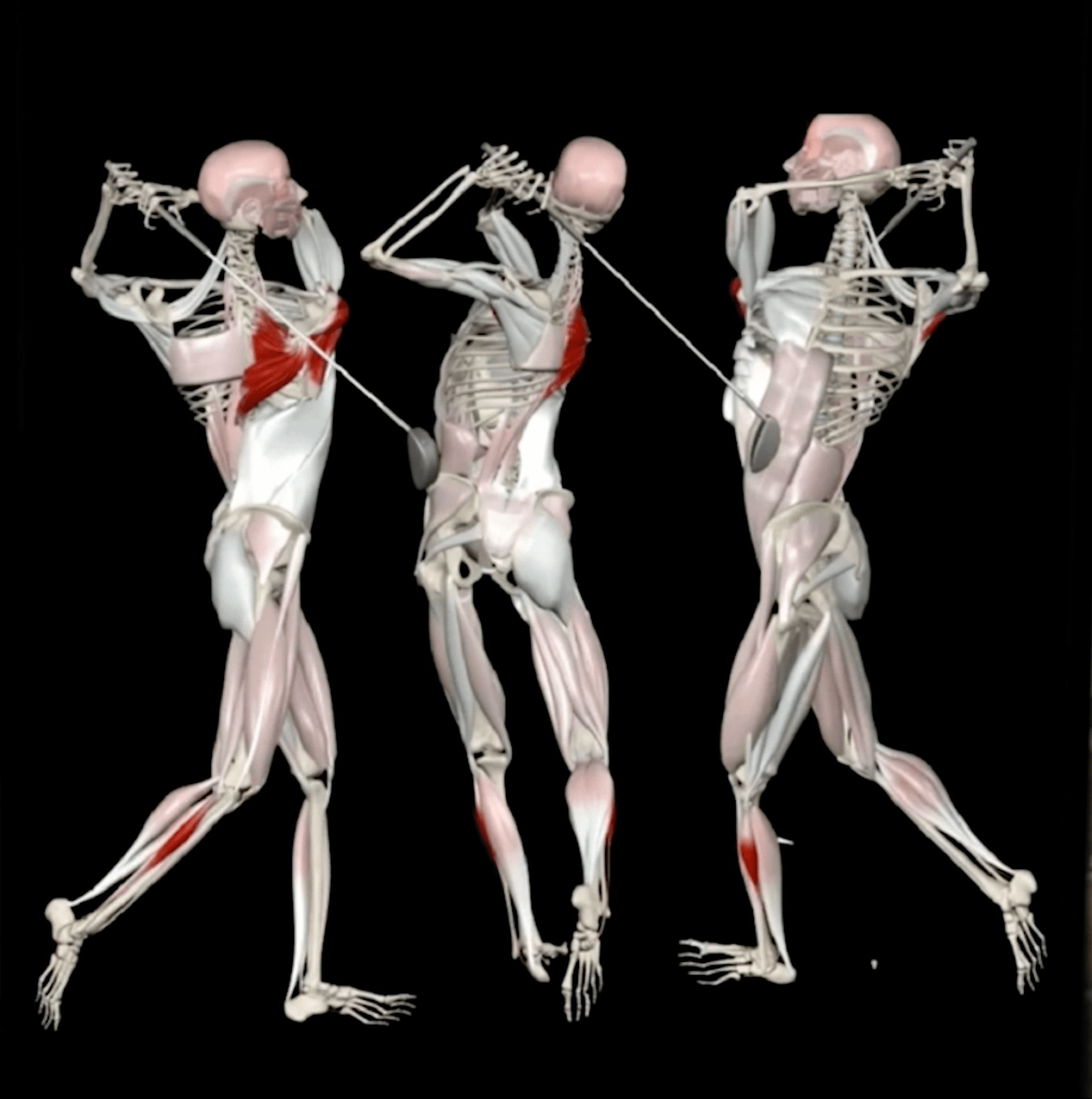
JJ Rivet: You can see the relation also with the how you have been able to compress the ball. But I will say it's the new age of how you are able to have some very strong information. The problem was that in 1998 and 2000, it was so expensive.
SportsEdTV: What would all that cost?
JJ Rivet: At this time, you know, it comes around to two hundred thousand dollars minimum, to get that.
SportsEdTV: And now to have the 4D system with three sensors. How much?
JJ Rivet: 4D with the three sensors, you will be around one thousand five hundred dollars. If you get the force plate I've been designing, I've been designing some very cheap force plates, for six thousand dollars. You just have to have an iPad, and so for less than eight thousand dollars, you have almost a system that in the past cost two hundred thousand dollars!
SportsEdTV: I want to help you sell your force plates, but I think it's far more valuable for someone to take that money and come see you in the south of France. Come for a week.
SportsEdTV: Some basic biomechanics questions that would be so helpful. To start of the swing— shoulder girdle? Everything together? Is there an optimal or is that something that's very individual?
JJ Rivet: Do we want to create a coil or not? If you want to create a coil, which means that you want to create energy, you want to store energy and you want to maintain that until the top of the backswing. If you want that, you need to create a dissociation, a separation in between the stop/resistance of the lower body, and the rotation of the upper body. So, the energy can only be coiled if at some point you are able to stop rotating your hips and continuing to rotate and winding up. When we say that, if there is something we must move first it is the shoulder in connection with the arms. After you should have a different direction: If you are 'puller' remember, that the action of the force of the ground will be on the front of the right toe and the back of the left heel. So, for sure the direction of the arms with the trunk will be more outside in, for the pull fader and will be no more inside for the pusher.
One thing is clear, whatever your swing is— if the club head at the start is going inside, it will unbalance the position of your hands versus the body. And so, you are going to create some faults which are due to the imbalance of your club in the hands. The more the hands and the more the arms and the upper body are working together, the less the club head will feel heavy. When the club starts to feel heavy that's where you unsynchronized everything.
SportsEdTV: Off Balance, off plane, off everything.
JJ Rivet: When you are in sync in the rotation of the upper body in between the hands and the shoulder, your club head has a journey which is easier and why you would not see the club off plane.
The core of how we enhance the performance on different other sport— windsurfing, surfing, snowboarding, car racing, motor racing, soccer, rugby. In all these sports its always when you discuss performance optimization, most of the time we are focused on the kinematics. I would say on how the body is moving. Why? Because, you know, the first thing has been available has been a camera. As you know, the video is only 2D information. So, to go to the 3D information, to start to be creating. We have been able to make the understanding of the kinetics so all the force applied on the ground will be creating a movement because the key and one of the fundamentals of biomechanics is that you can't create the movements. You can't see the kinematics action if you don't act with the force on the ground or somewhere else.
JJ Rivet: Acting on something with the force will create the movement. So, when you mix the understanding of the force applied on the ground and the movements that will be creating, now you are able to understand or control the movements that will be created.
JJ Rivet: In golf when you have a different company like Trackman who have been able to understand the mechanics of the club and the ball flights. So now you have everything! Where the forces are being created on the ground, which is kinetics. How does this force explain the kinematics, which is movement and the sequence? How this kinematics of the body will influence the mechanics of the club.
SportsEdTV: We've kept you up quite a long time, as we see the sun is setting in the background an extraordinary light. It's cinematic behind you, J.J. I feel like we're doing an interview with Marlon Brando on the set of Apocalypse Now.
JJ Rivet: The sunset is incredible here. It's always a pleasure, because when you are outside, the energy is so good. The view is so good. We have all the four seasons. Great pleasure to be with you and it has been a great talk. See you quite soon.
Part 2 is coming soon, follow us on Instagram and Facebook so you don't miss it!
Jean-Jacques Rivet
Head of Biomechanics &; Sport Performance
European Tour Performance Institute




